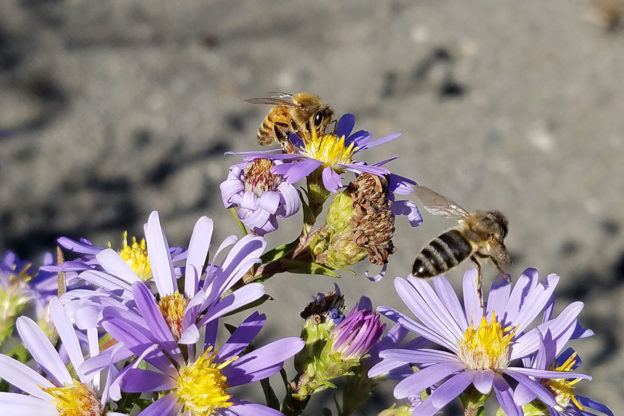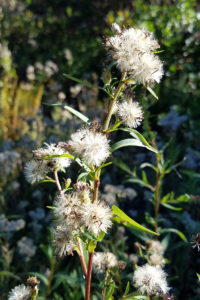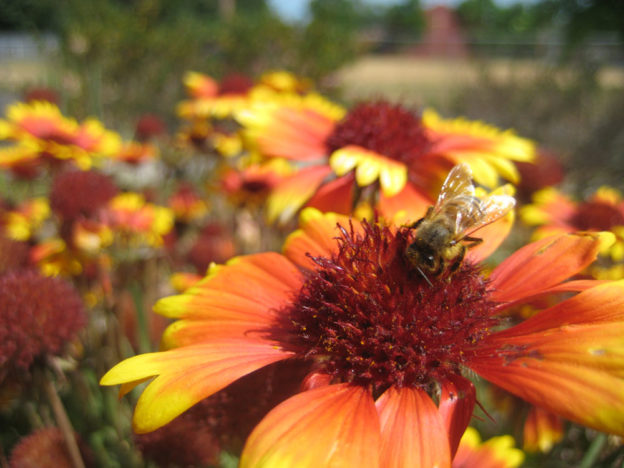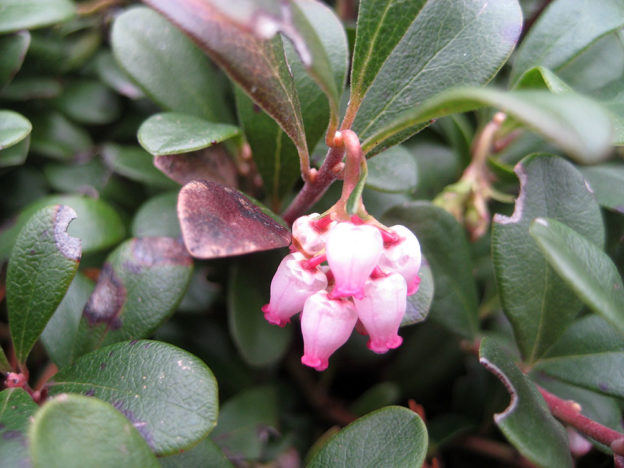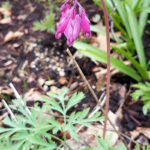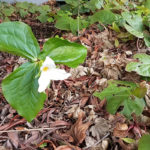Welcome to EMSWCD’s Nature Notes series! Nature Notes shares small moments and interesting observations from our property, as well as related natural history tidbits, on a weekly to monthly basis.
November 30th, 2018
Natural Leaf and Snow Management
Tempted to pull out that leaf-blower for one last fall clean-up? Please consider raking instead. Not only are leaf blowers noisy, they are also very bad for the environment and human health.
Did you know…
- Two-stroke engines emit hundreds of times more air pollution than cars. This pollution contributes to global warming, smog and acid rain.
- Air pollution also raises risks of cancer, heart disease and asthma, especially in children.
- The forced hot air damages plants and soil organisms, and compacts soil which makes plants more vulnerable to summer drought.
- Electric leaf blowers create less air pollution and are somewhat quieter, but raking is still a better alternative.

Leaf cover is beneficial for the soil and also provides habitat for many pollinators and beneficial insects – leave those leaves!
Read more

